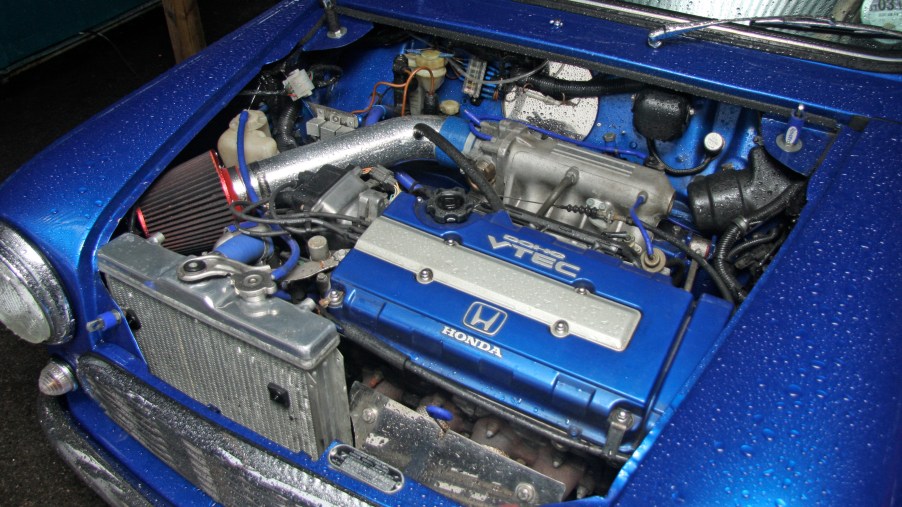
What is Variable Valve Timing?
Cars today have all kinds of technical gadgetry and wizardry to make the most horsepower and get the best mileage. One such technical system is called “variable valve timing,” in which the car’s engine control unit, or computer, opens up the engine’s valves at various times and for different durations to get the most power and efficiency. Let’s take a look at how it works.
The main components
In order for an engine to operate, it needs air, fuel, and spark. The valves are located in the cylinder head and they open and close with each engine stroke to let air and fuel in or out of the combustion chamber where the pistons do the work in compressing the air/fuel mixture and moving it out of the engine. Most engines operate on four strokes:
- The first stroke is the intake stroke: The piston moves down and pulls in air and fuel
- The second stroke is the compression stroke: The piston moves up and compresses the air/fuel mixture
- The third stroke is the power stoke: The spark plug ignites the air/fuel mixture and pushes the piston down
- The fourth stroke is the exhaust stroke: The piston moves up and pushes the spent gasses out to the exhaust
The camshafts, located at the top of the cylinder head, are what open and close the valves. Each camshaft has a lobe that actually opens the valve. By varying when the valves open up and close, the air/fuel mixture can be optimized to create the best power and efficiency of an engine.
VTEC
The easiest way to describe variable valve timing would be to explain Honda’s ever-popular VTEC system. VTEC is an acronym that stands for “Variable Valve Timing and Lift Electronic Control,” in that the system varies the valve timing and lift, which is electronically controlled. The higher and longer that a valve is lifted open, the more air will come into the combustion chamber. Allowing for more air into the engine can allow for more fuel into an engine, which equates to more power.
So where does VTEC come into play? When an engine is operating at a lower RPM, then less air and fuel is needed, and when it’s operating at a higher RPM then more air and fuel can be put in the combustion chamber.
In a VTEC engine, there are three lobes on the camshafts; two that are smaller and one that is larger. In the lower RPM range, the two smaller lobes open and close the valves and let less air in, but at a faster rate, which leads to more efficient combustion.
When you push the accelerator harder and get to the higher RPM range (usually above 5,500 rpm) the larger lobe takes over and opens the valves up more, allowing for more air to come in and allow for more horsepower. So basically, the VTEC (or any variable valve timing system) makes for two engines in one: it’s more fuel-efficient at a lower RPM range and more powerful at a higher RPM range.
Other cars have it, too
Other manufacturers like Ferrari, BMW, Toyota, and Nissan have their own version of variable valve timing and all of them are engineered to work in conjunction with the different engine sizes and configurations that they use.
Nowadays, with the extensive use of turbocharging, automakers are able to play around with variable valve timing and cramming even air into engine thus making them more powerful and efficient. What will they come up with next? We’ll just have to wait and see.



